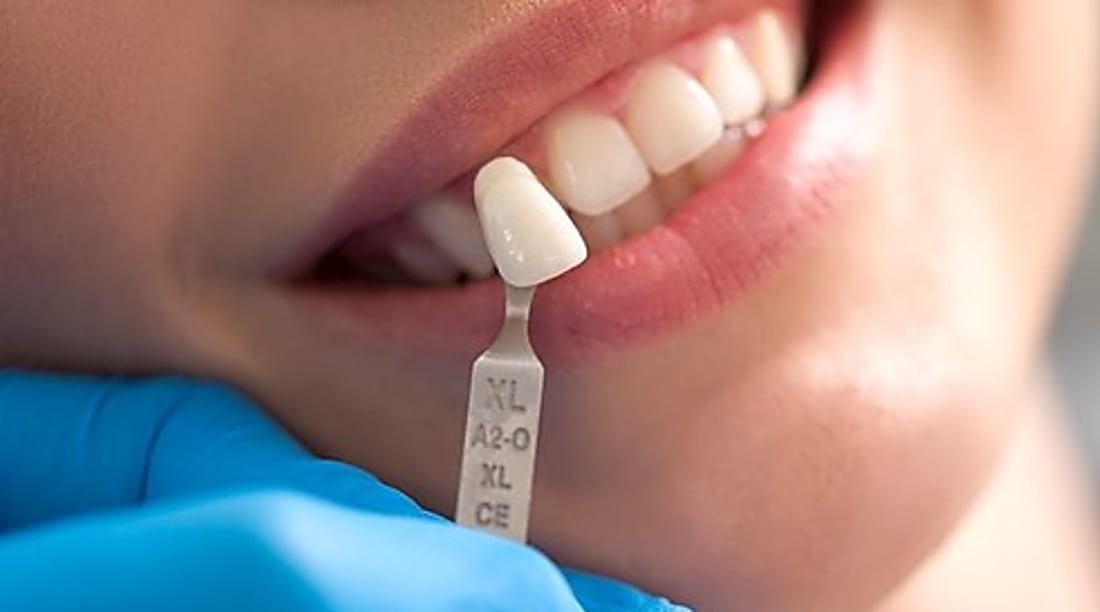Teeth Care Guide: Daily Habits for a Healthy Smile
Good teeth care combines simple daily habits, occasional professional care, and awareness of common issues that can affect oral health. By focusing on consistent brushing, effective flossing, sensible diet choices, and regular visits to a dentist, most people can reduce cavities, gum problems, and discoloration while preserving their natural tooth structure and smile for years.

This article is for informational purposes only and should not be considered medical advice. Please consult a qualified healthcare professional for personalized guidance and treatment.
How can a dentist help maintain teeth?
A dentist evaluates the overall condition of your teeth and gums, identifies early signs of decay or disease, and provides professional cleaning that removes hardened plaque (tartar) beyond what daily brushing can address. Dentists also offer preventive treatments such as fluoride varnishes and sealants, restorative care like fillings or crowns when a tooth is damaged, and guidance on tooth-friendly habits. Routine dental exams typically include X-rays or other diagnostics when needed to assess areas not visible during an exam. If you have persistent sensitivity, pain, or bleeding gums, a dentist can investigate underlying causes and recommend appropriate treatment.
What daily steps protect your teeth?
Daily protection starts with brushing twice a day for two minutes using a fluoride toothpaste and a soft-bristled brush or an electric toothbrush. Flossing or using interdental cleaners once a day removes plaque between teeth where a brush can’t reach. Limit sugary snacks and acidic drinks that can erode enamel; rinse with water after consuming them if brushing immediately isn’t possible. Chewing sugar-free gum with xylitol after meals can stimulate saliva and help neutralize acids. Replace your toothbrush every three months or sooner if bristles fray. These routine steps help lower the risk of cavities and help maintain a brighter, more comfortable smile.
How to spot common tooth problems?
Common tooth problems include cavities, tooth sensitivity, cracked or chipped teeth, and gum inflammation. Early signs to watch for are persistent toothache, visible holes or dark spots on a tooth, sharp pain when biting, or lingering sensitivity to hot or cold. Red, swollen, or bleeding gums can indicate gingivitis or more advanced periodontal disease. Changes in the appearance of a tooth—such as discoloration, chips, or movement—also warrant attention. Noticing these signs early and consulting a dentist increases the chances of conservative treatment and better long-term outcomes for the affected tooth.
How does dental care improve your smile?
Dental care enhances both function and appearance. Professional cleaning removes surface stains and tartar that affect the look of your teeth, while restorative treatments repair damage and restore normal bite and tooth shape. Cosmetic procedures—such as whitening, bonding, and veneers—address aesthetic concerns, though they should be considered alongside overall oral health. Orthodontic treatment can correct alignment issues that influence chewing and the appearance of your smile. Effective dental care integrates preventive, restorative, and aesthetic approaches tailored to your needs, improving not just how teeth look but how they work and feel.
When should you seek dental care in your area?
Schedule regular dental checkups every six months or as your dentist advises based on your dental history. Seek prompt dental care in your area if you experience persistent pain, swelling, uncontrolled bleeding, a knocked-out tooth, or signs of infection like fever and worsening pain. If you have chronic conditions such as diabetes or are undergoing treatments that affect immunity, more frequent dental oversight may be appropriate. For urgent concerns, many practices and local services offer emergency appointments; check with local providers about availability and triage procedures.
Conclusion
Routine teeth care combines daily hygiene, mindful eating, and timely professional care to reduce the risk of decay and other oral problems while maintaining the function and appearance of your smile. Regular contact with a dentist and attention to early warning signs enable less invasive treatments and better long-term oral health outcomes.






